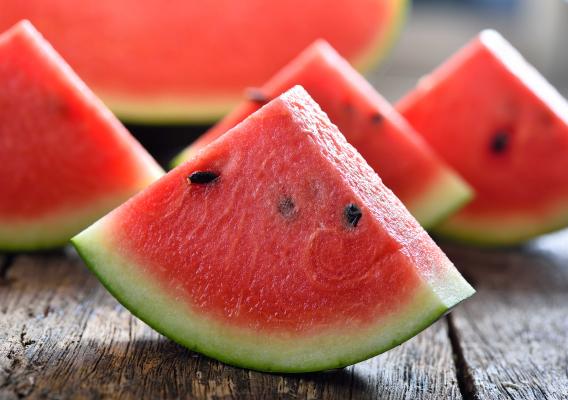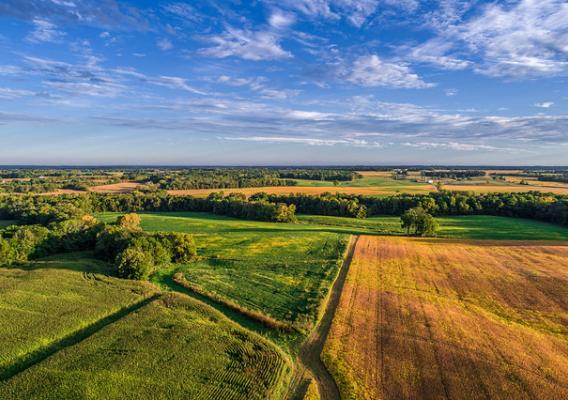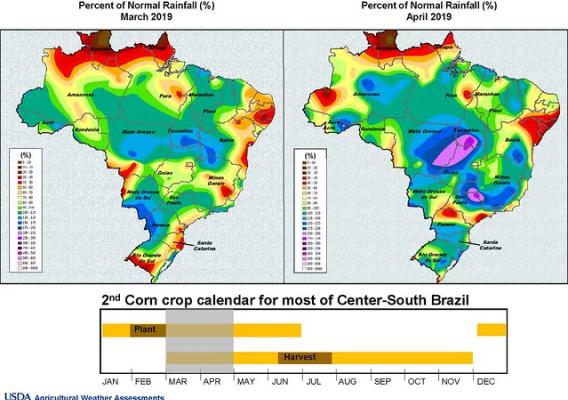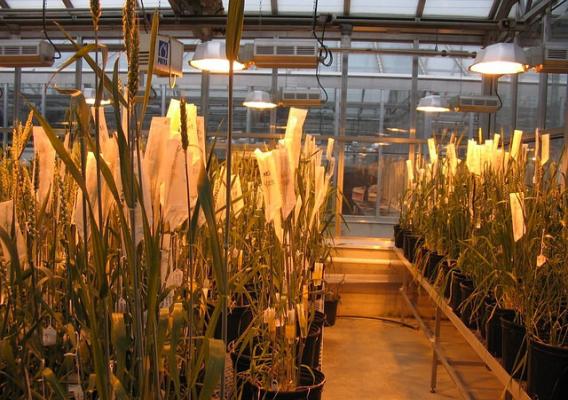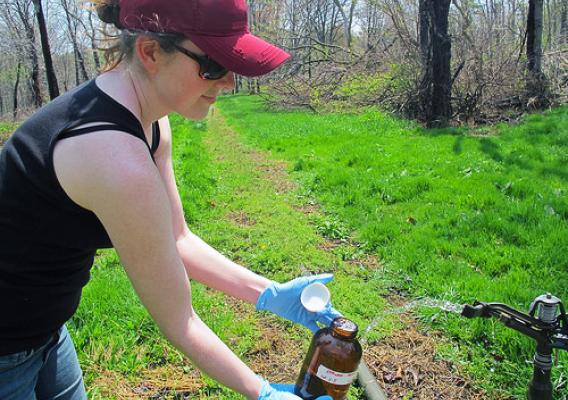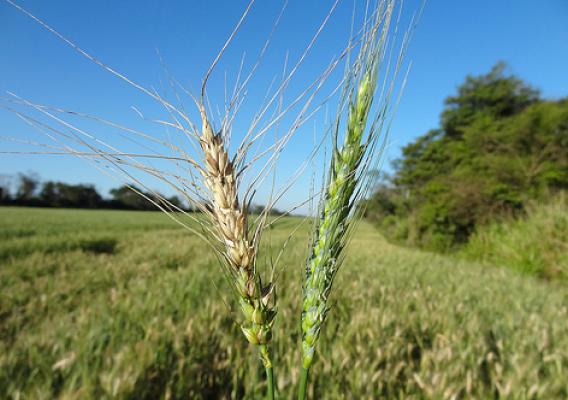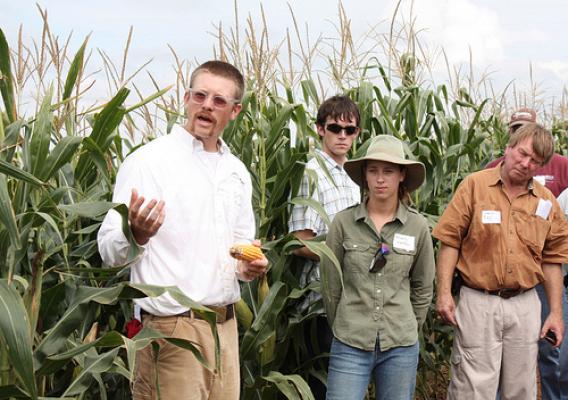This post is part of the Science Tuesday feature series on the USDA blog. Check back each week as we showcase stories and news from USDA’s rich science and research portfolio.
An epidemic of wheat blast is underway in Bangladesh, published reports say, and losses may be substantial in the six southeastern districts where it has been reported. Wheat blast is a crop disease caused by the Triticum pathotype of the fungus Magnaporthe oryzae (MoT). In nations where broad wheat blast epidemics have occurred, 30 percent losses have been noted, but localized areas have experienced 50-100 percent losses, according to Dr. Barbara Valent, fungal molecular geneticist at Kansas State University (KSU).
The U.S. Department of Agriculture’s (USDA) National Institute of Food and Agriculture (NIFA), through its Agriculture and Food Research Initiative (AFRI), has provided nearly $5.4 million since 2009 to support research on wheat and rice blast. KSU leads a multi-institutional research project that brings together expertise from University of Arkansas, University of Kentucky, the Ohio State University, Purdue University, and USDA’s Agricultural Research Service.


